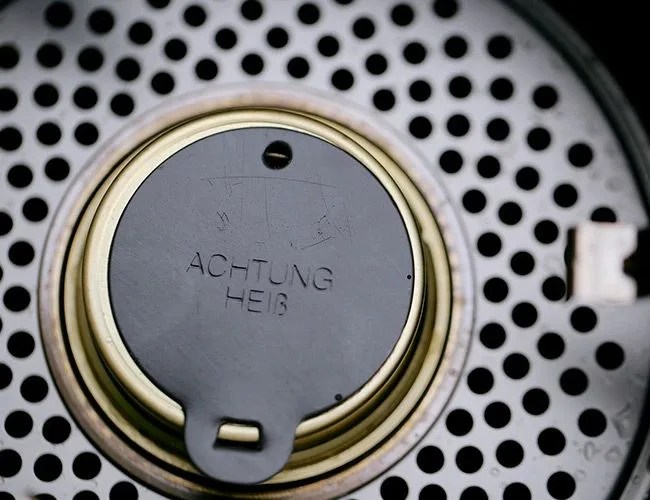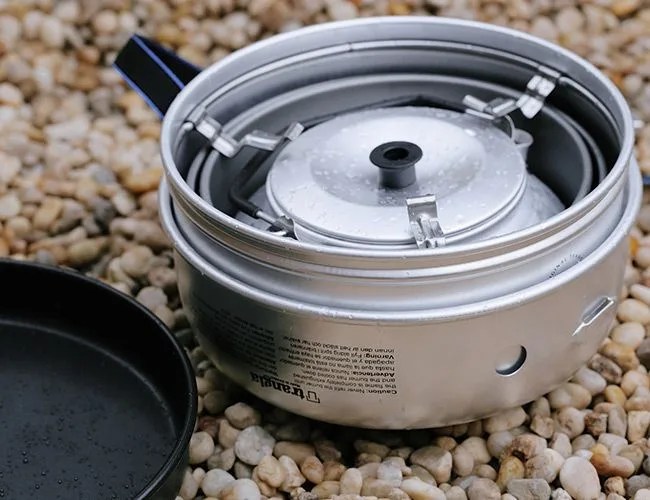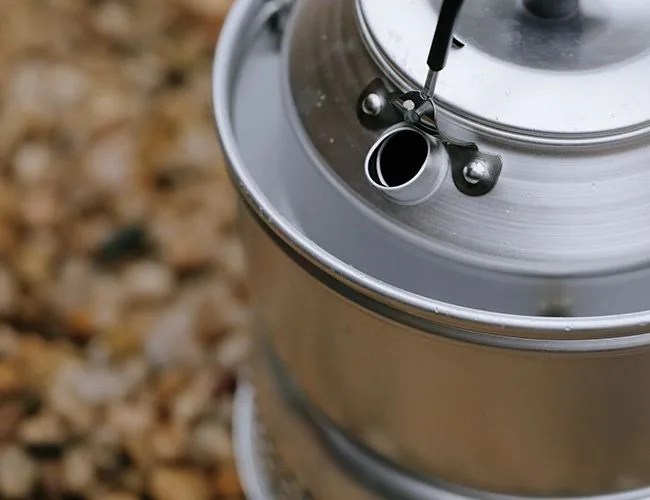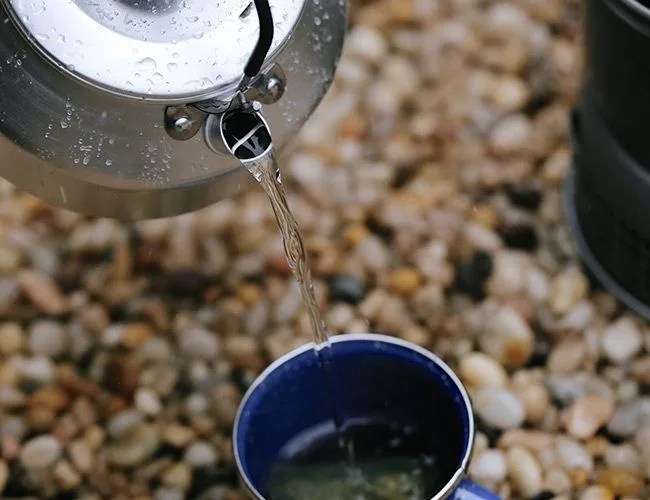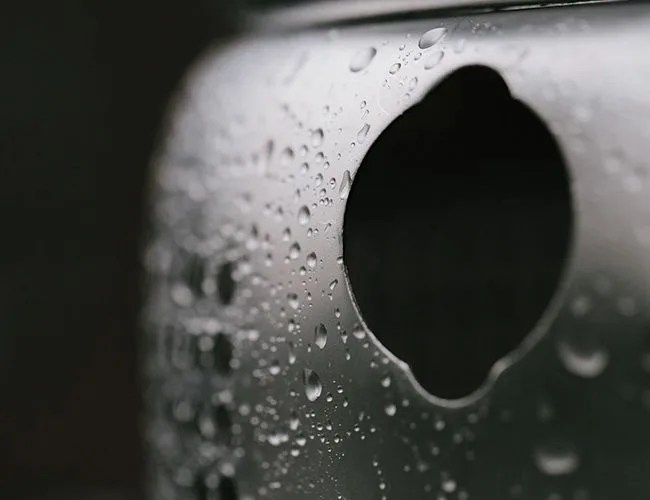“Choice overload” refers to the difficulty in making consumer decisions given the myriad options available to us — think grocery stores, your wardrobe, Netflix. It means that in those sacred and peculiar lists of things we deem essentials, fewer and fewer items will continue to make the cut.
For hikers, cyclists, and backpackers, a Trangia spirit (alcohol) burning stove beats back the hordes of competitors to remain a requisite for any number of different overnight excursions. But even so, the variety of sizes, materials and accessories within Trangia’s product line is burdening for anyone in the market, or simply in consideration of an upgrade. As a hiker, I’m usually weary of superfluity, but a soft spot for the brand’s design (little of which has changed since its first conception in 1925) has made my approach to the entirety of their vast catalogue somewhat reckless — in short, I want it all.
Trangia’s main offerings fall into two basic categories according to size: the 27 series for one to two people, and the 25, a slightly larger make, meant to feed three to four. Both are complete, self-contained systems; the cookware, heat source and windshield compact into the protective shell used to transport the stoves. Also available are a number of accessories, like a water kettle, an alternative gas (propane, butane) burner.
But the majority of Trangia systems rely on alcohol as a sole fuel source, utilized through Trangia’s esteemed burner. A pre-dating patent on similar types of burners exists from 1904 in New York City, but Swedish born founder Jon E. Jonsson, familiar to the harsh and windy winter of Trångsviken in the middle of the Nordic country, refined this invention. Alcohol was attractive to Jonsson for a number of reasons: one, it doesn’t freeze; it’s widely accessible; and, depending on purity, it’s clean to burn. Use the system’s proprietary windscreen and dual purpose cookware shell, and you’ve got an easy to transport stove system that Trangia boasts will function and outlast any camper in the worst of elements.
That is until your Trangia rig, like mine, exceeds the practical limit of your camp pack. In an effort to slim down, or at least reassure that the optional upgrades (finish, size, and accessories) were worth it, I put three different versions of the Trangia to the test.
MORE BACKPACKING: Vintage-Inspired Camping Gear | Car Camping, Done Right | Complete Guide to Camp Stoves


